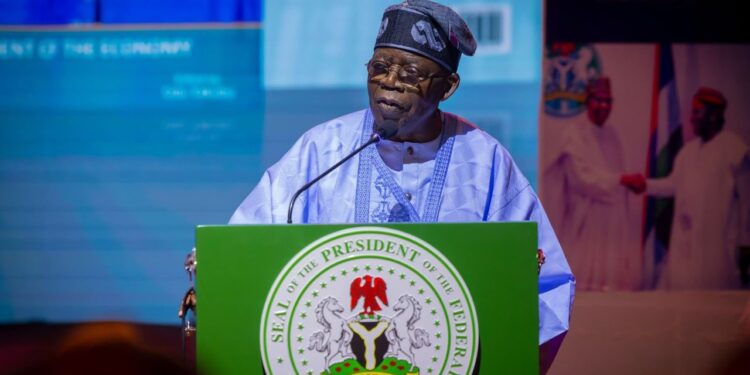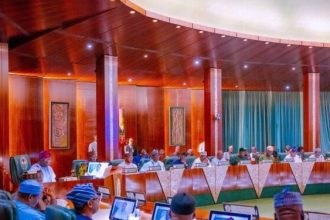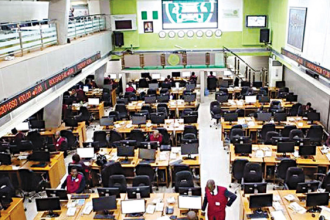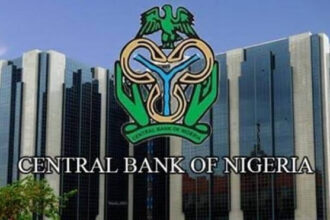Nigeria’s broad money supply (M3) increased to N110.98 trillion in January 2025, reflecting a 17.3% year-on-year (YoY) growth from N94.61 trillion recorded in January 2024.
This expansion underscores rising liquidity in the economy, driven by growth in both net foreign assets and net domestic assets. However, the Central Bank of Nigeria (CBN) did not provide data for December 2024, leaving a critical gap in understanding monetary movements during the peak holiday spending season.
The surge in money supply coincides with a crucial meeting of the Monetary Policy Committee (MPC) scheduled for Wednesday, February 19, and Thursday, February 20, where key decisions on interest rates will be made in response to persistent inflationary concerns.
Monetary Data Breakdown
According to the latest credit and monetary statistics released by the CBN, net foreign assets stood at N35.39 trillion in January 2025, up from N29.73 trillion in January 2024, reflecting a 19% YoY increase.
Similarly, net domestic assets grew by 16.5% YoY to N75.59 trillion, compared to N64.87 trillion in the same period last year.
The rise in M3 money supply, comprising both net foreign assets (NFA) and net domestic assets (NDA), provides a comprehensive view of Nigeria’s monetary landscape. Over the past year, the country’s money supply has expanded steadily, with notable increases in the latter half of 2024. By November 2024, M3 stood at N108.97 trillion, rising further to N109.41 trillion in December 2024 before reaching its latest peak in January 2025.
The increase in net foreign assets is likely driven by improved external reserves, capital inflows, and a stronger trade balance, while growth in net domestic assets is attributed to increased lending, government borrowing, and broader credit expansion.
Implications for Monetary Policy Decisions
With a surge in money supply and rising liquidity levels, the CBN faces significant challenges in curbing inflation and stabilizing the naira.
Historically, an increase in money supply intensifies inflationary pressures, as excess liquidity fuels consumer demand and drives up prices. Nigeria’s headline inflation remains high, raising concerns that further expansion in money supply could exacerbate price increases.
As the MPC convenes this week, policymakers must weigh the risks of monetary expansion against the need for economic stability.
- Raising the Monetary Policy Rate (MPR) could help curb inflation by tightening liquidity but may also slow credit growth and dampen economic activity.
- Keeping rates unchanged might sustain economic growth momentum but risks worsening inflationary pressures and further weakening the naira.
The increase in net foreign assets indicates a strengthening of Nigeria’s external reserves, which may provide some relief in managing exchange rate volatility. However, with net domestic assets also rising, policymakers may consider measures to restrict liquidity flow and mitigate inflationary risks.
Recent Policy Decisions and Inflation Trends
At its last meeting, the MPC raised the interest rate by 25 basis points, increasing it from 27.25% to 27.50%, in a bid to contain inflation.
The committee had previously raised interest rates six consecutive times in 2024, reflecting a consistent tightening stance to address inflationary pressures.
However, Nigeria’s headline inflation rate declined to 24.48% YoY in January 2025 following the rebasing of the Consumer Price Index (CPI), according to data from the National Bureau of Statistics (NBS). This marks a significant drop from the 34.80% inflation rate recorded in December 2024 under the previous calculation methodology.
Following the inflation adjustment, the Centre for the Promotion of Private Enterprise (CPPE) has urged the MPC to halt further interest rate hikes.
Dr. Muda Yusuf, Chief Executive Officer of CPPE, emphasized that pausing interest rate increases would allow fiscal policy measures to play a more active role in addressing inflation.
The CBN’s policy direction will determine whether a tightening stance is maintained to control excess liquidity or if a more cautious approach is adopted to balance economic growth and price stability. Regardless of the decision, the MPC’s resolution this week will shape Nigeria’s monetary policy trajectory for 2025, influencing inflation trends, credit availability, and overall economic confidence.















